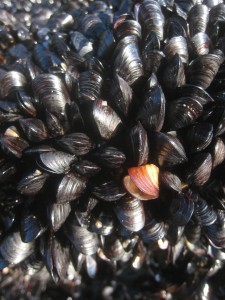
HIV medication
A report in Science discusses how a subset of CD4 cells could prevent HIV from destroying the immune system:
HIV preferentially invades T lymphocytes that have CD4 receptors on their surfaces. The resulting destruction of CD4 cells over a decade or so cripples the immune system and is the hallmark of AIDS. But the process takes many years because the central memory cell, a type of CD4+ T lymphocyte known in shorthand as Tcm, churns out clones of itself and can almost refill the body’s pool of CD4 cells as fast as HIV drains it. However, the downside is that some infected Tcm cells become reservoirs of latent virus that rekindle infection if antiretrovirals (ARVs) are stopped.
The report is based on a series of studies of HIV patients. In the first study 75 HIV patients were split into three different groups and received antiretroviral medications within 5 days of taking a blood test. When their blood was analyzed 24 weeks later, the level of HIV-infected Tcm cells was almost extremely low or undetectable. In another study researchers looked at why some patients were better able to protect their CD4+ cells without antiretroviral treatment:
The study compared nearly 300 infected people who had low levels of HIV in their blood, two-thirds of whom received treatment. The researchers found that elite controllers stood out in part because their Tcm cells downregulated a key receptor that HIV needs for entry and were less permissive to HIV infection. Conversely, Kitchen noted that people whose immune systems did not rebound even though ARVs controlled their infections had Tcm cells with impaired function.
Check the source link for more.

